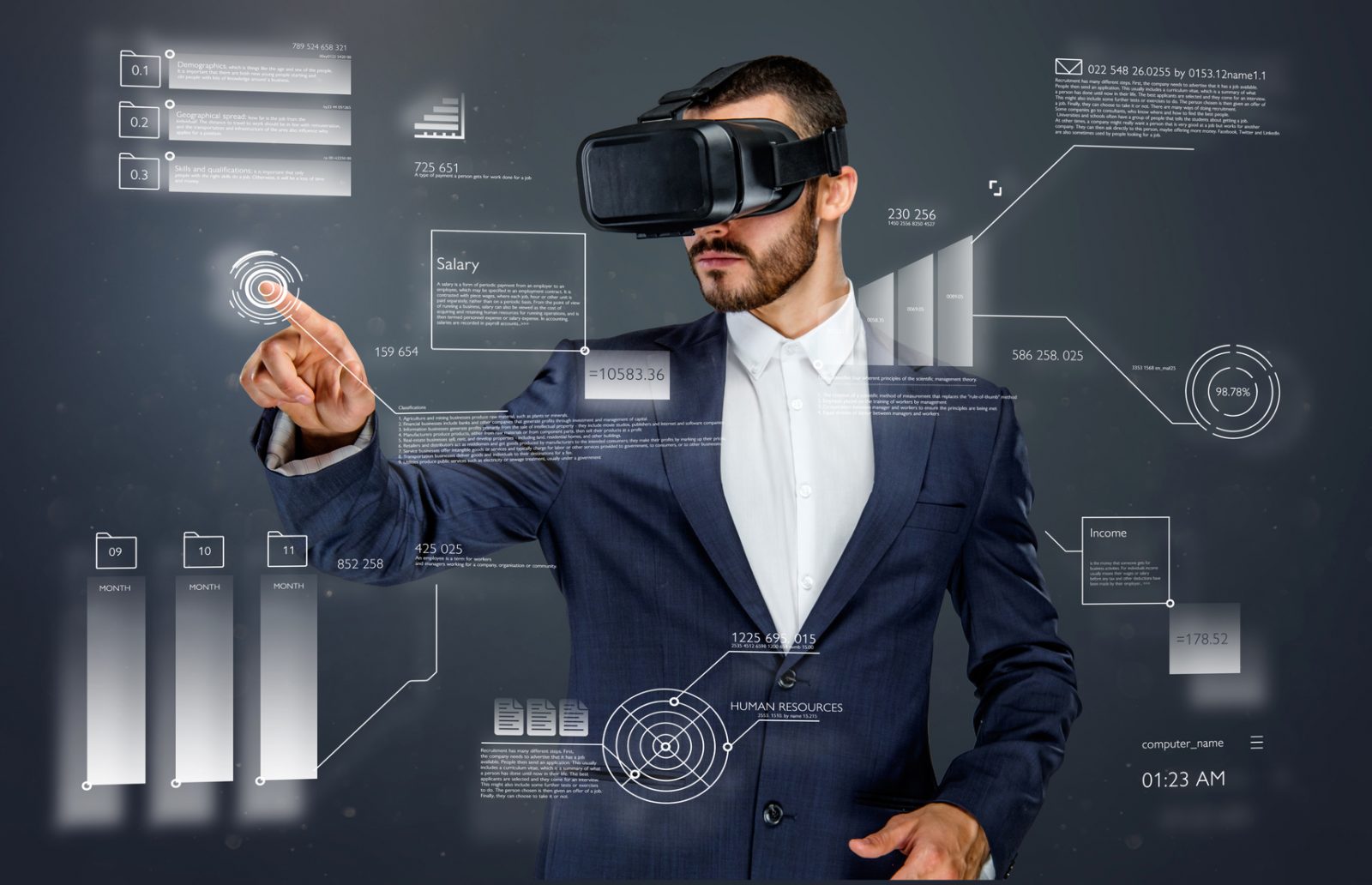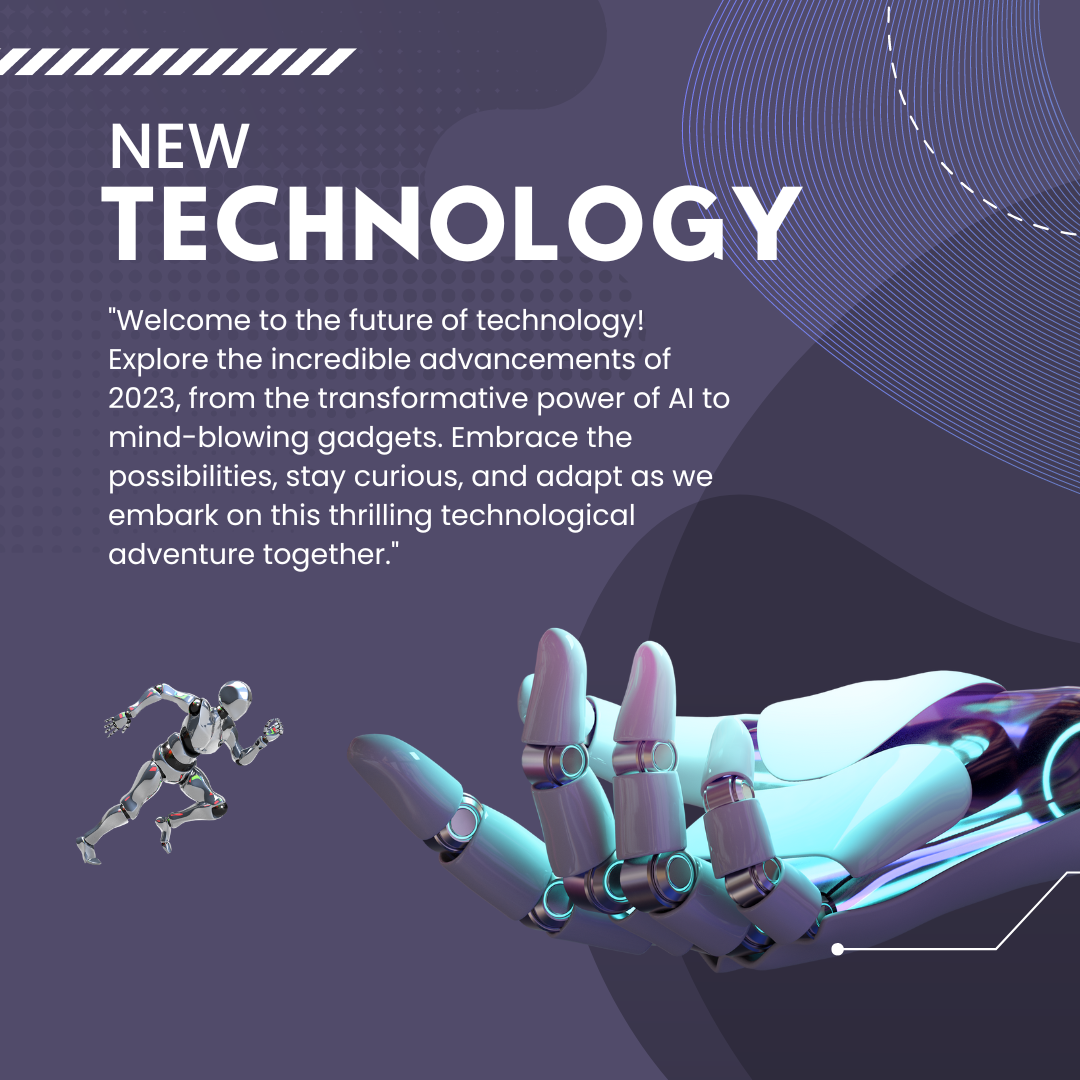Extended Reality

In recent years, we’ve seen a proliferation of virtual reality (VR) and augmented reality (AR) technologies. But have you heard of extended reality (XR)? This emerging technology takes immersive experiences to the next level, combining virtual and augmented reality with the real world to create a fully immersive experience. In this article, we’ll explore the concept of extended reality and its applications in various industries.
What is Extended Reality?
Extended reality, or XR, is an umbrella term that encompasses virtual reality, augmented reality, and mixed reality. While virtual reality immerses users in a completely simulated environment, and augmented reality overlays digital content onto the real world, mixed reality combines the two to create an environment in which real and digital objects coexist and interact with one another.
XR technologies use a combination of hardware and software to create immersive experiences that are indistinguishable from reality. This includes headsets and other wearable devices, as well as sensors and cameras that track users’ movements and interactions.
Applications of Extended Reality
Extended reality has numerous applications in various industries. Here are some examples:
1.Gaming: XR has revolutionized the gaming industry, providing gamers with a more immersive experience. The technology enables game developers to create games that blur the line between the real and digital worlds, providing players with a more realistic and interactive gaming experience.
2.Education: XR is transforming the education industry by providing students with a more engaging and immersive learning experience. The technology enables students to interact with digital objects and simulations, bringing abstract concepts to life and making learning more fun and engaging.
3.Healthcare: XR has numerous applications in healthcare, from training medical professionals to providing patients with a more immersive and interactive experience. For example, medical students can use XR to simulate surgeries and other medical procedures, while patients can use the technology to learn more about their conditions and treatment options.
4.Retail: XR is also transforming the retail industry, providing customers with a more immersive shopping experience. Retailers can use the technology to create virtual storefronts that customers can explore, or to provide customers with virtual try-on experiences.
Conclusion
Extended reality is an emerging technology that is transforming the way we interact with digital content. The technology is providing users with a more immersive experience, blurring the line between the real and digital worlds. As XR technology continues to evolve, we can expect to see more applications in various industries, from gaming and education to healthcare and retail. With its potential to provide users with a fully immersive experience, extended reality is the future of immersive technology.
Similar Posts

Exploring the Exciting New Technology of 2023: Welcome to the Future!
New technology 2023 Hey there, tech enthusiasts! Are you ready to dive into the world of cutting-edge technology and discover […]

Quantum Computing: The Future of Computing
Computing technology has advanced significantly over the past few decades, but one area that has yet to fully emerge is […]

Front End Vs Back End
When it comes to web development, there are two main types of developers: front-end and back-end. While they work together […]


Leave a Reply